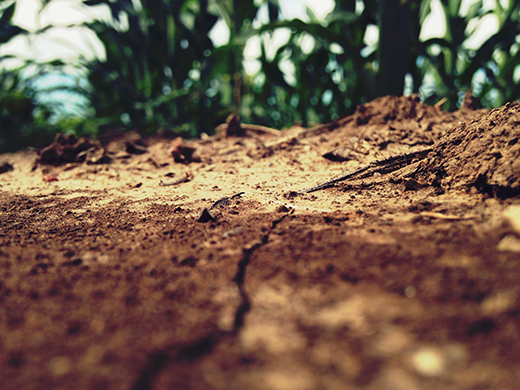Benefits of Applying Precision Ag Management Principles on Nebraska Farmland

With the advent of satellite technology over the last two decades, many Nebraska farmers are implementing Precision Agriculture (PA) managing techniques on their farmland. Also known as Site Specific Crop Management (SSCM), the practice involves managing land based on observing, measuring, and responding to inter- and intra-field variability in crops.
Precision Ag revolves around the idea that treating an entire field as a uniform area is wasteful, and may use an excess of costly resources in the form of fertilizers, pesticides, and herbicides. Since a field can contain wide variations in soil types, nutrient availability, and other important factors, not taking these variations into account can result in a loss of productivity.
As such, producers employing Precision Ag practices are discovering its many advantages, including enhanced crop quality, increased agricultural profitability and sustainability, environmental advantages, as well as the optimized use of agricultural pesticides, fertilizers, seeds, water, and energy. Combined, these advantages add up quickly for producers.
There are several main PA managing components. The first relies on Satellite-Based Auto-Guidance. GPS technology is at the forefront of PA. For instance, Precision planting technology allows farmers to use less seed, plant at the right depth at every part of their field, and use the correct type and amount of fertilizer at a very site specific level. Companies are coming out with ever-improving auto guidance technology each year in order to improve farmers’ knowledge of their fields, so that they can adjust, even despite diverse growing environments. Overall, this makes for better yields.
Another main component of PA is yield monitoring and mapping. This comes during harvest, when growers are able to collect geo-referenced data on crop yield characteristics. A farmer’s yield map will contain specific information about moisture content and yield down to a very small area, thus allowing him to make better growing decisions.
When it all boils down, it’s about the soil, and PA technology measures a variety of soil properties by using on-the-go vehicle-based sensors. These sensors are used with GPS to create field maps, which in turn control variable rate application equipment in real-time. Soil type, pH, soil moisture, and other factors are measured and taken into account during planting, spraying, and harvesting.
PA technology also relies on soil sampling, and as a result, producers are able to choose the right seed, plant at the correct depth, apply the appropriate fertilizers, herbicides, and pesticides, and water for optimum results.
Finally, PA technology allows producers to manage their irrigation practices more efficiently, saving them significant amounts of money. Probes that monitor soil moisture are utilized, and are able to be monitored from the home computer or tablet.
Overall, PA is really about using the best of technology to save money on inputs and improve yields based on very site-specific field data. The advantages are numerous, not only for the environment, but also the farmer’s bottom line.
Are you considering ways to incorporate Precision Agriculture on your farmland? Are you interested in learning about the latest technology available for producers? Feel free to contact a UFARM land manager. We have lots of experience with various PA practices, and are happy to help you make the most of your farming operation.
UFARM offers a full range of Nebraska land management services, including real estate sales, rural property appraisals, consultations and crop insurance. UFARM has operated in Nebraska since the early 1930’s. Contact us today!
Sources consulted: “Precision Agriculture.” CropWatch. University of Nebraska-Lincoln. Web. 03 Dec. 2015. Pfister, Betsy. “What is Precision Agriculture?” Directions Magazine. Directions Media. 01 Dec. 1998. Web. 03 Dec. 2015

